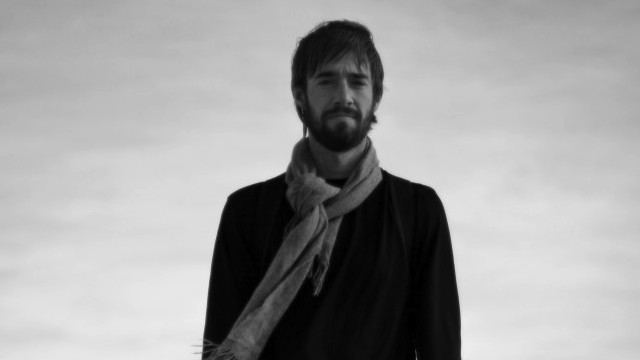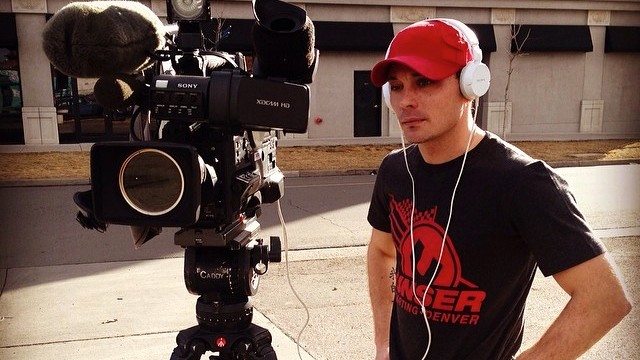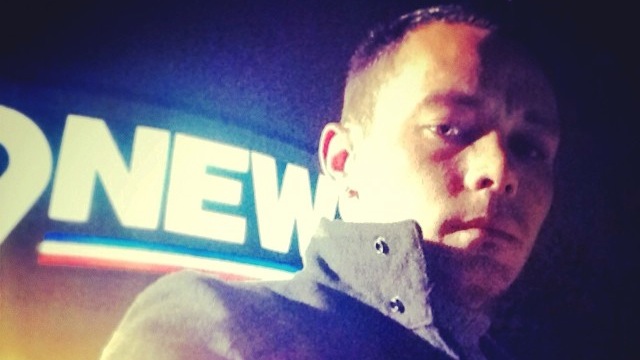Podcast: Play in new window | Download
Subscribe: RSS
I know you can’t help it.
I can’t help it, either.
I am a journalist by trade, a person who values the craft and importance of storytelling, and a big believer in complex, rich reporting … and I can’t help it.
I always click on lists.
You know the articles: “6 Great Moments in Seinfeld History”, “The 27 Best Foods for a Picnic”, “32 Reasons To Love Summer”. These days, lists populate the web.
That is because we click on them.
My guest on this edition of the Telling The Story podcast explains why.
Ryan Shmeizer is not a professional journalist. He is a venture capitalist in New York who only recently decided to display his writing for the world.
And on his first try, he scored big.
Writing on the Medium platform, Shmeizer wrote a piece called, “10 Reasons You Will Read This Medium Post”. One by one, he delineated the reasons why we click on lists and then read them to completion.
The article was quickly named an Editor’s Pick on Medium and proceeded to go relatively viral. I recently mentioned it as one of my 3 Great Stories of the week.
On the podcast, Shmeizer offers the same insight and analysis as he does in his writing. (more…)






